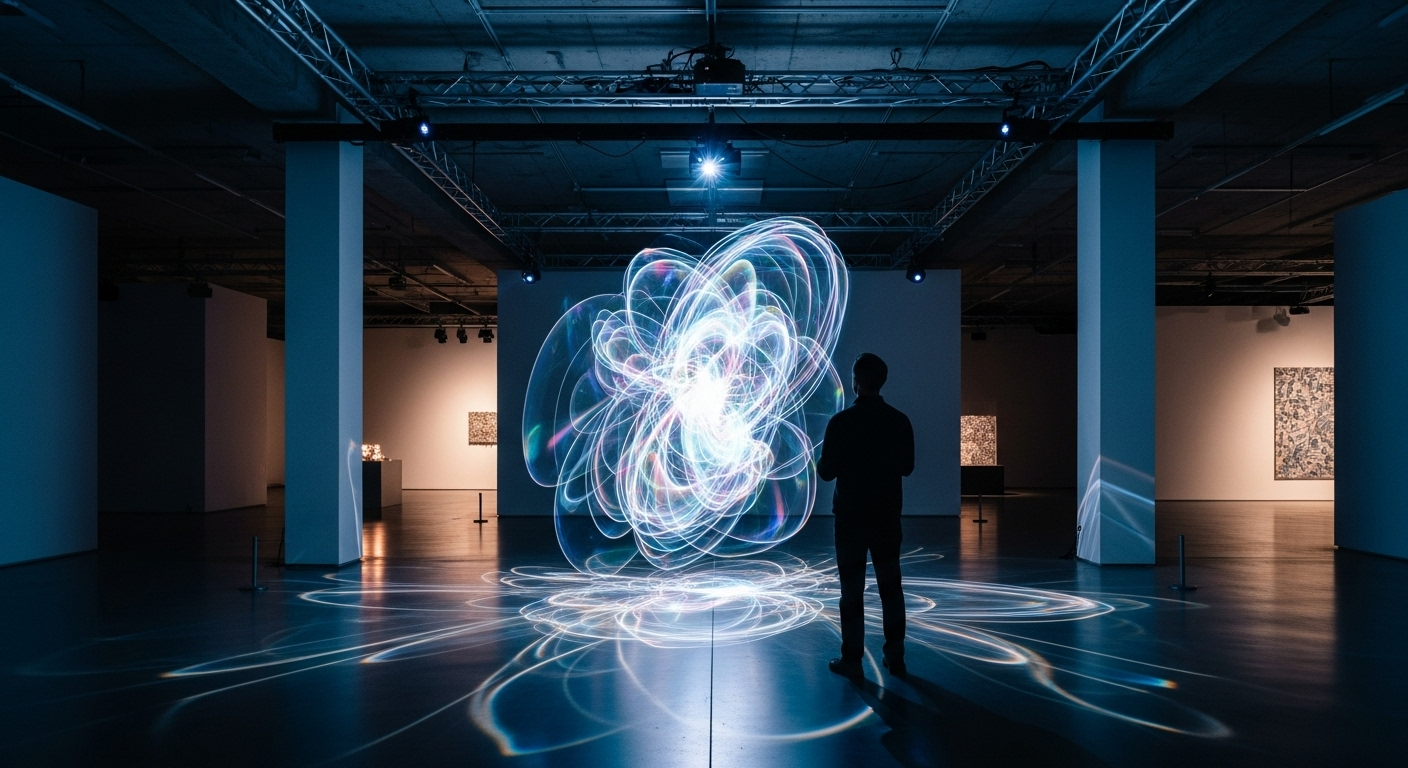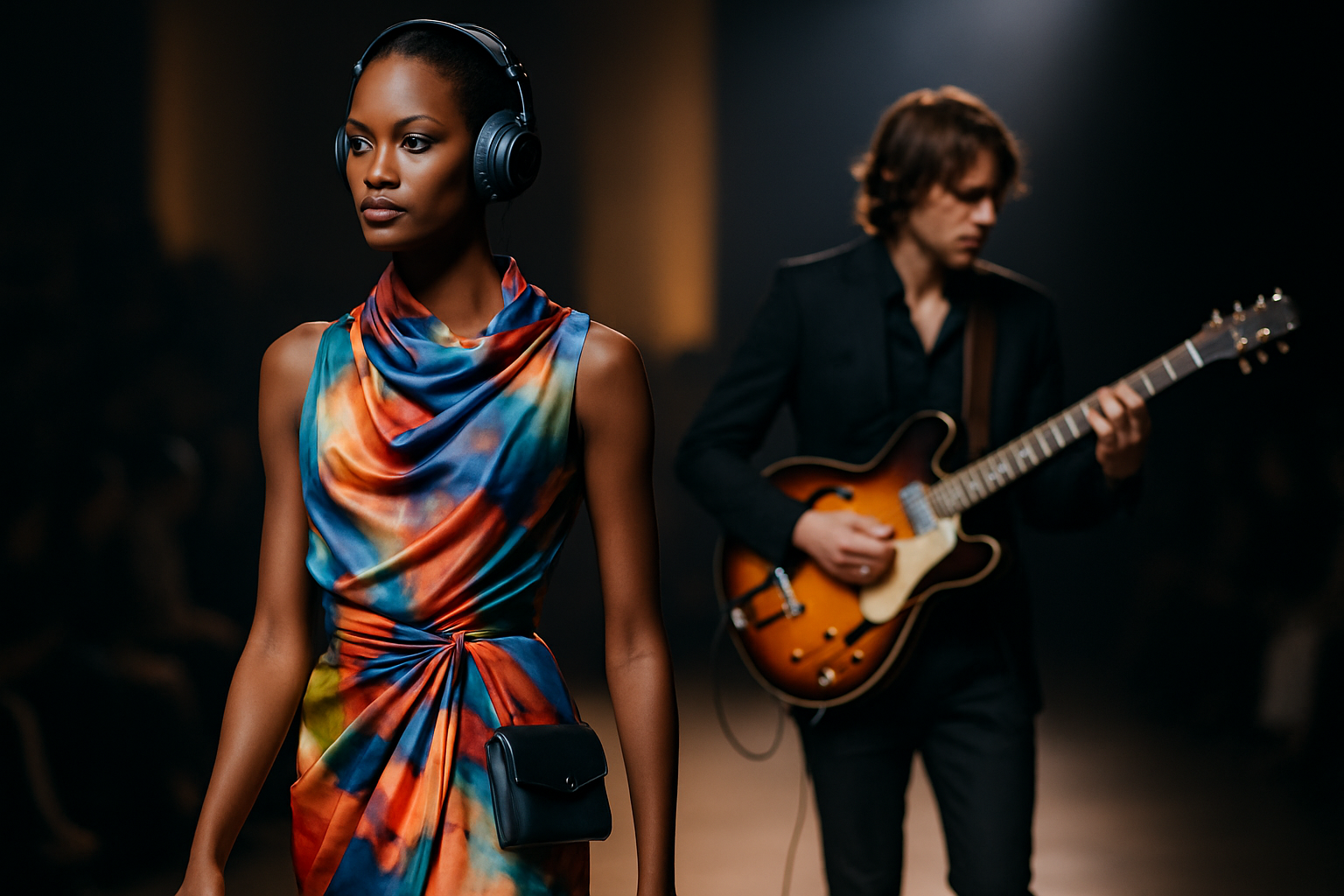Holographic Sculptures: The New Frontier of Visual Art
In the ever-evolving landscape of contemporary art, a groundbreaking medium is captivating audiences and pushing the boundaries of visual expression. Holographic sculptures, once confined to the realm of science fiction, have emerged as a powerful artistic tool, blending cutting-edge technology with traditional sculptural techniques. This innovative art form is reshaping galleries, public spaces, and the very notion of what constitutes a physical artwork. As artists and technologists collaborate to explore the potential of light-based, three-dimensional creations, holographic sculptures are poised to revolutionize the art world and redefine our understanding of space, form, and perception.

From Static Images to Dynamic Sculptures
The transition from flat holographic images to fully realized sculptures required significant technological advancements. The development of computer-generated holography and digital projection systems in the late 1990s and early 2000s paved the way for more complex, interactive holographic artworks. Artists like James Turrell and Olafur Eliasson began incorporating holographic elements into their large-scale installations, blurring the lines between light, space, and sculpture.
Technical Innovations Driving the Medium
Recent years have seen a surge in holographic sculpture techniques, driven by improvements in laser technology, computer processing power, and projection systems. One of the most promising developments is volumetric display technology, which allows for the creation of true three-dimensional holograms visible from all angles without special glasses. Companies like Looking Glass Factory and Voxon Photonics are at the forefront of this technology, producing displays that artists are eagerly incorporating into their work.
Artistic Possibilities and Challenges
Holographic sculptures offer artists unprecedented freedom to manipulate light, color, and form in three-dimensional space. Unlike traditional sculptures, holographic works can be animated, interactive, and even responsive to their environment. Artists are exploring themes of impermanence, perception, and the nature of reality itself through this medium. However, the technology also presents unique challenges, including the need for specialized equipment, controlled lighting conditions, and considerations of how to preserve and display these ephemeral works.
Impact on the Art Market and Museum Experience
The rise of holographic sculptures is reshaping the art market and museum landscape. Collectors and institutions are grappling with how to acquire, display, and conserve these technologically complex works. Some galleries are investing in dedicated holographic exhibition spaces, while museums are reimagining their display strategies to accommodate light-based sculptures. The immersive and interactive nature of many holographic works is also changing visitor expectations, pushing cultural institutions to create more engaging and participatory experiences.
Ethical and Philosophical Considerations
As holographic sculptures become more prevalent, they raise intriguing ethical and philosophical questions. The ability to create lifelike, three-dimensional representations of people and objects blurs the line between reality and illusion, prompting discussions about authenticity and the nature of art itself. Additionally, the use of advanced technology in art creation raises concerns about accessibility and the potential for a digital divide in the art world.
Future Trajectories and Cross-Disciplinary Potential
The future of holographic sculpture looks bright, with ongoing technological advancements promising even more sophisticated and immersive creations. Collaborations between artists, scientists, and technologists are likely to yield innovative applications beyond the art world, including in fields such as education, medicine, and urban planning. As the medium matures, we can expect to see holographic sculptures increasingly integrated into public spaces, architecture, and even personal environments, fundamentally altering our relationship with art and the spaces we inhabit.





